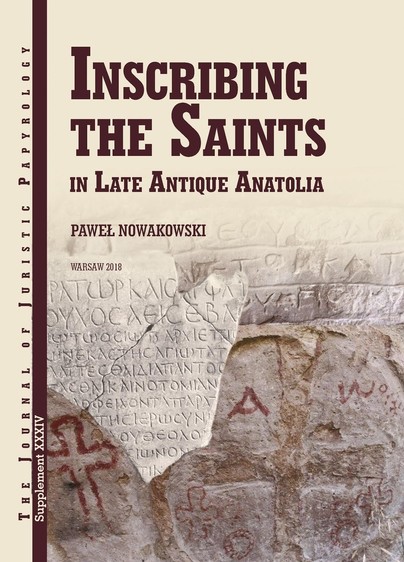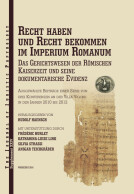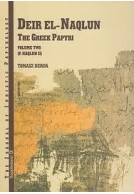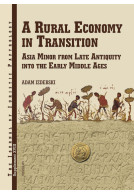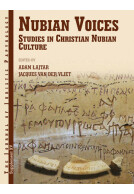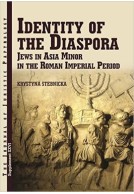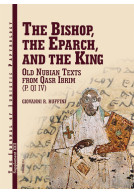Google Books previews are unavailable because you have chosen to turn off third party cookies for enhanced content. Visit our cookies page to review your cookie settings.
JJP Supplement 34 (2018) Journal of Juristic Papyrology (Hardback)
Inscribing the Saints in Late Antique Anatolia
Imprint: Journal of Juristic Papyrology
Series: JJP Supplements
Pages: 400
ISBN: 9788394684846
Published: 10th September 2018
Script Academic & Professional
Series: JJP Supplements
Pages: 400
ISBN: 9788394684846
Published: 10th September 2018
Script Academic & Professional
You'll be £63.00 closer to your next £10.00 credit when you purchase JJP Supplement 34 (2018) Journal of Juristic Papyrology. What's this?
+£4.99 UK Delivery or free UK delivery if order is over £40
(click here for international delivery rates)
Order within the next 2 hours, 45 minutes to get your order processed the next working day!
Need a currency converter? Check XE.com for live rates
(click here for international delivery rates)
Order within the next 2 hours, 45 minutes to get your order processed the next working day!
Need a currency converter? Check XE.com for live rates
The book explores the use of inscriptions as an instrument of the cult of saints in Asia Minor between the 4th and mid-7th c. AD. In addition to the analytical chapters, the work encompasses a catalogue of around 250 inscriptions on stone, mosaics, small objects (in particular reliquaries), and graffiti, attesting to the rise and development of the cult of saints in the discussed region and period. For the first time such a catalogue includes revised full texts of inscriptions, English translations, bibliographical references, and a detailed commentary.
The book was awarded the 2018 EKVAM Annual Award of the Ancient Anatolian Studies by the Izmir Center of the Archaeology of Western Anatolia. The analytical part is divided into five chapters preceded by an introduction which discusses methodological issues, presents a short history of research on the epigraphy of the cult of saints in Asia Minor, and the possibility of the application of the principles of ‘the epigraphic habit theory’ into the studies on the cult of saints.
Chapter 1 shows different categories of inscriptions used in the religious practice: epitaphs for martyrs, inscriptions commemorating translations of relics, labels of reliquaries, inscribed invocations of saints, building and dedicatory inscriptions, vows, inscriptions using names of saints as a marker of identity, inscriptions attesting burials ad sanctos, inscriptions from boundary stones, inscriptions recording normative and liturgical texts, and others.
Chapter 2 deals with the chronological distribution of the evidence collected. The saints chosen as addresses of their prayers and vows by the commissioners of inscriptions, and the saintly epithets, are closely discussed respectively in Chapter 3 and Chapter 4.
A prosopographical overview of the commissioners of inscriptions is presented in Chapter 5. This chapter also includes considerations on the motivation of donors recording their deeds by the means of inscriptions, with particular emphasis put onto the transition from the ‘rational’ to the ‘emotional’ motivation and the phenomenon of ‘the longing for the saint’. The geographical distribution of all the sources collected, and of sources illustrating cults of selected saints is shown on maps.
Other titles in the series...
Other titles in Journal of Juristic Papyrology...







